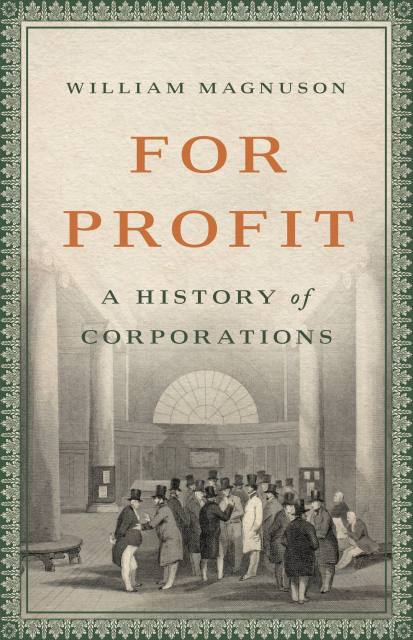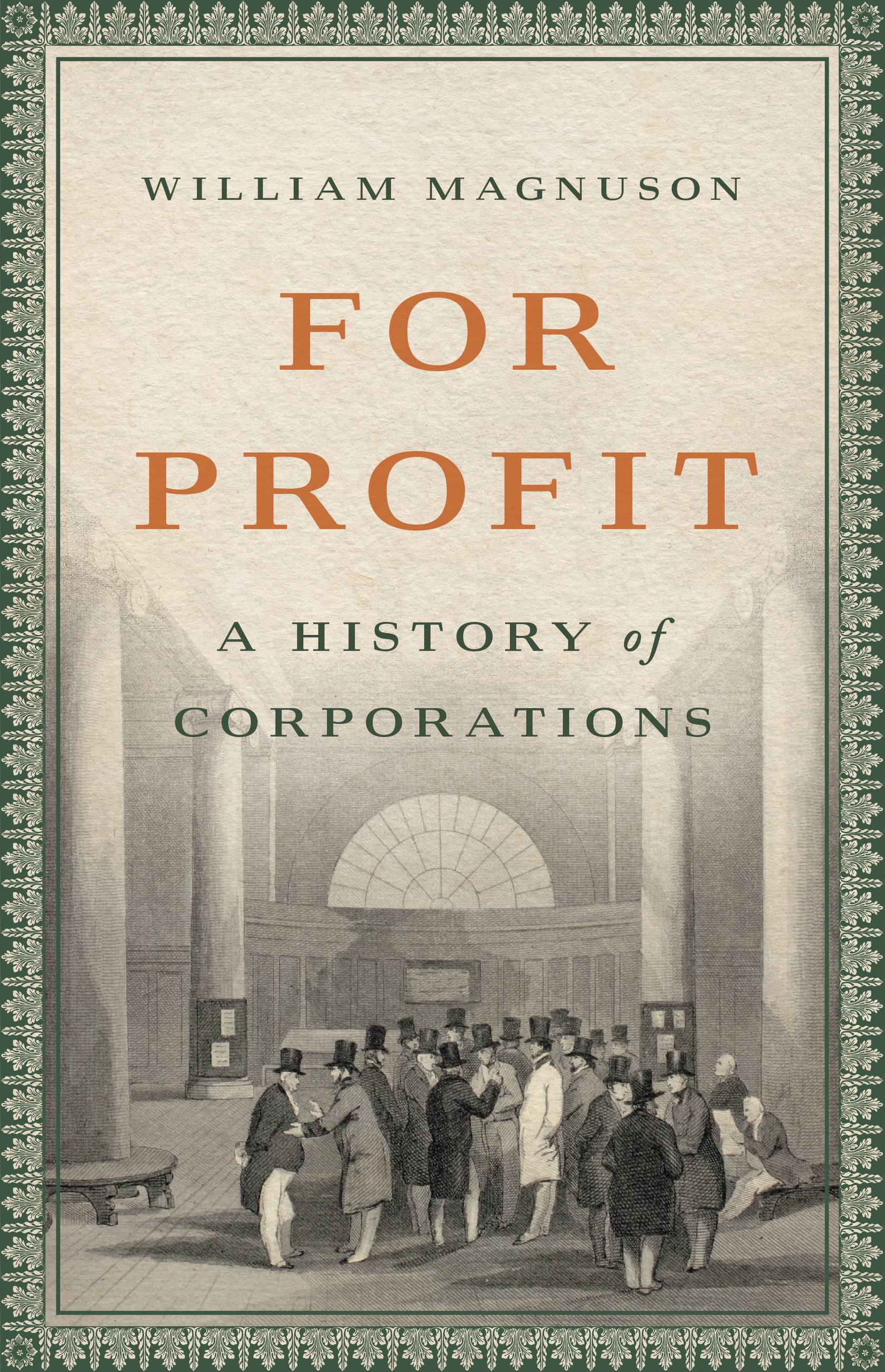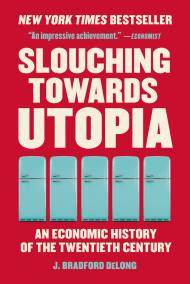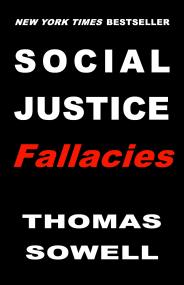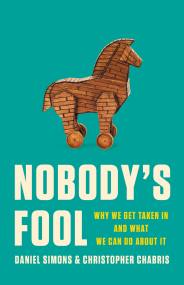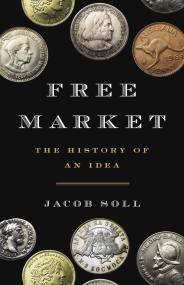Promotion
Use code MOM24 for 20% off site wide + free shipping over $45
For Profit
A History of Corporations
Contributors
Formats and Prices
Price
$32.00Price
$40.00 CADFormat
Format:
- Hardcover $32.00 $40.00 CAD
- ebook $14.99 $19.99 CAD
- Audiobook Download (Unabridged) $31.99
- Trade Paperback $19.99 $25.99 CAD
This item is a preorder. Your payment method will be charged immediately, and the product is expected to ship on or around November 8, 2022. This date is subject to change due to shipping delays beyond our control.
Also available from:
From legacy manufacturers to emerging tech giants, corporations wield significant power over our lives, our economy, and our politics. Some celebrate them as engines of progress and prosperity. Others argue that they recklessly pursue profit at the expense of us all.
In For Profit, law professor William Magnuson reveals that both visions contain an element of truth. The story of the corporation is a human story, about a diverse group of merchants, bankers, and investors that have over time come to shape the landscape of our modern economy. Its central characters include both the brave, powerful, and ingenious and the conniving, fraudulent, and vicious. At times, these characters have been one and the same.
Yet as Magnuson shows, while corporations haven’t always behaved admirably, their purpose is a noble one. From their beginnings in the Roman Republic, corporations have been designed to promote the common good. By recapturing this spirit of civic virtue, For Profit argues, corporations can help craft a society in which all of us—not just shareholders—benefit from the profits of enterprise.
Genre:
-
Named a Best Book of 2022 by The Economist and the Financial Times
-
“Magnuson eloquently explains how issues such as principal-agent problems, competition law and environmental and labour rights have cropped up throughout history.”The Economist
-
“A historical tour de force.”Bloomberg Opinion
-
"A comprehensive and lively account of eight corporations that have changed the world...A valuable, discerning assessment of these enormously influential societal actors--and a clear set of recommendations to make them serve the good."Shelf Awareness
-
“… I can pay Magnuson no higher compliment than to say that For Profit is a book I would be proud to have written.”Martin Vander Weyer, The Spectator (UK)
-
“…For Profit is a well-written history of the corporation, an unexpectedly important topic for us all.”Charter
-
“Brilliantly conceived and enlightening at every turn, For Profit is a thrilling history of an institution that has shaped all our lives—for better and for worse.”Lawrence Wright, author of The Plague Year
-
“In this lively and informative history of the corporation, William Magnuson shows that corporations were born to serve the public interest—only to be used and abused time and again to maximize profits for shareholders and executives. A must-read for any student of the world’s most influential form of economic organization.”Adam Winkler, author of We the Corporations
- On Sale
- Nov 8, 2022
- Page Count
- 368 pages
- Publisher
- Basic Books
- ISBN-13
- 9781541601567
Newsletter Signup
By clicking ‘Sign Up,’ I acknowledge that I have read and agree to Hachette Book Group’s Privacy Policy and Terms of Use
